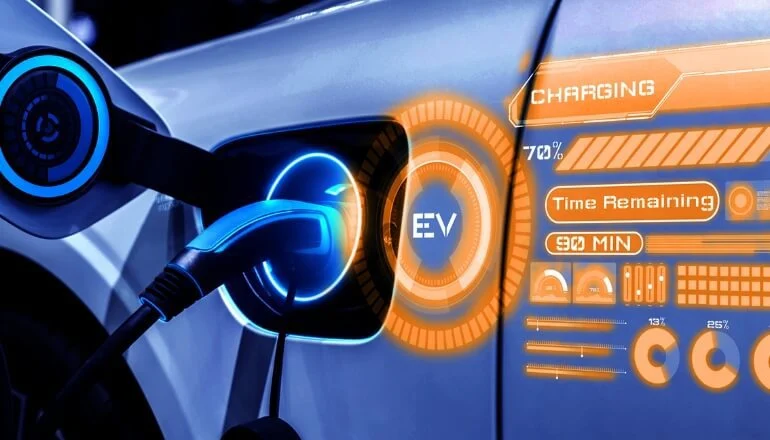Understanding the Risks of EV Charging

As electric vehicles (EVs) gain traction as a sustainable mode of transportation,GreenShift aims to make shifts from fossil fuels based development to renewable based paths, the demand for EV charging infrastructure is rapidly increasing. However, alongside the benefits of EVs come certain risks associated with EV charging.
Understanding and mitigating these risks is essential for the safe and sustainable deployment of EV charging infrastructure.

Electrical Safety
EV charging stations require a significant amount of electricity to power vehicles, which can pose risks if not handled properly. Issues such as faulty wiring, improper installation, or malfunctioning equipment can lead to electrical hazards such as electric shocks or fires. GreenShift provides that charging stations are installed by certified professionals and adhere to stringent safety standards is crucial in minimizing these risks. Regular maintenance and inspections also play a vital role in identifying and addressing potential electrical hazards before they escalate.
Data Security
With the integration of smart charging technology, EV charging stations collect data on usage patterns and user information. While this data is valuable for optimizing charging processes and user experience, it also raises concerns about data security and privacy. EV charging stations could potentially be vulnerable to cyberattacks or unauthorized access, putting user information at risk. Implementing robust encryption protocols, access controls, and cybersecurity measures is essential in safeguarding sensitive data and protecting user privacy. At GreenShift regular security audits and updates can help mitigate the risk of data breaches and ensure that EV charging infrastructure remains secure.

Physical Security
Publicly accessible charging stations are particularly vulnerable to physical security risks such as vandalism, theft, or tampering. Damage to charging infrastructure not only disrupts operations but also incurs significant repair costs and downtime. To mitigate these risks, Greenshift aims to provide charging stations that should be strategically located in well-lit and monitored areas. Implementing security measures such as surveillance cameras, secure enclosures, and tamper-resistant hardware can deter unauthorized activities and safeguard charging infrastructure. Regular patrols and maintenance checks can also help detect and address any physical security concerns promptly.
While EVs themselves produce fewer emissions than traditional vehicles, the production and disposal of batteries raise environmental concerns. The extraction of raw materials, manufacturing processes, and end-of-life disposal all contribute to the environmental footprint of EVs.Our company GreenShift plans to do Proper disposal practices and battery recycling programs are essential in minimizing environmental impact and promoting sustainability. Additionally, incorporating eco-friendly materials and practices in charging station construction can further reduce the environmental footprint of EV charging infrastructure.

In conclusion, while EV charging offers numerous benefits for sustainability and transportation, it’s essential to recognize and address the associated risks. By prioritizing electrical safety, data security, physical security, and environmental responsibility, we can ensure the safe and sustainable deployment of EV charging infrastructure.
sanya puri
Recent Comments
Search
Recent Posts
Categories
Quick Contact
If you have any questions or need help, feel free to connect with our team.
W 223, Khairane MIDC, T.T.C. Industrial Area, Sector 12, Kopar Khairane, Navi Mumbai- 400709, Maharashtra .
©2021 Greenshift, All Rights Reserved. Design & Developed By Comket Solutions Pvt Ltd
©2021 Solatec, All Rights Reserved. With Love by CMSSuperheroes







